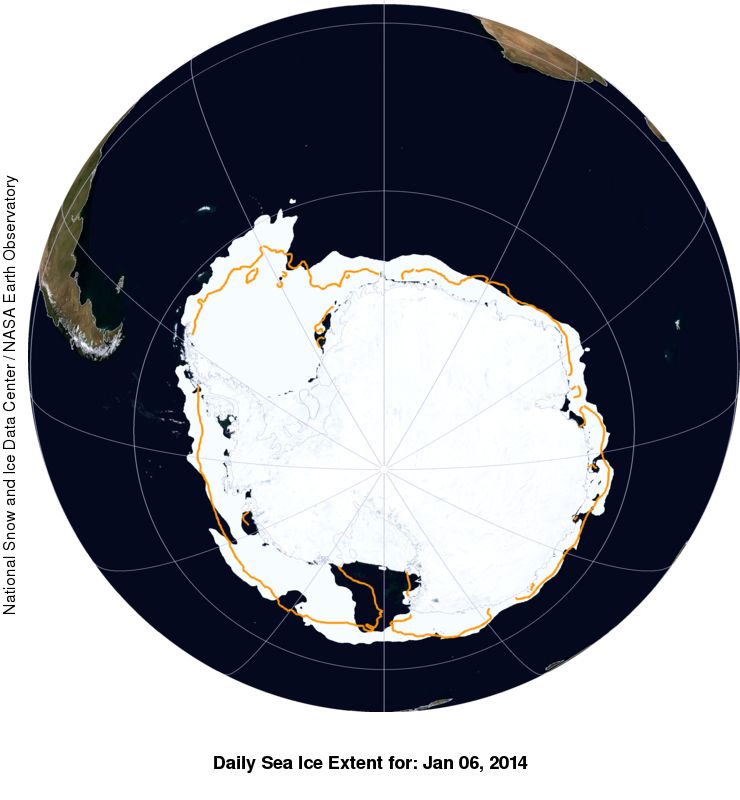Trapped Ships Break Free From Antarctic Ice

Two ships trapped in thick sea ice offshore Antarctica broke free today (Jan. 7) thanks to a weather change that cleared a path to open water, according to news reports.
Warm weather and a westerly wind loosened the ice wedged around the ships, one of which had been stuck since Christmas, China Daily reports. One reached open water this morning (about 6 p.m. Tuesday local time) and another is slowly navigating a narrow crack in the ice, AFP reports.
The Russian ship Akademik Shokalskiy, which is escaping via the ice crack, had been snared near Antarctica's Commonwealth Bay since a Christmas Eve blizzard surrounded the ship with tightly packed sea ice. The ship was carrying Australian climate researchers recreating the journey of Australian geologist Douglas Mawson 100 years ago.
The second ship freed today was the Shokalskiy's rescue ship, the Chinese icebreaker Xue Long. The Xue Long was one of three icebreakers that sailed to the Shokalskiy's aid at the request of Australian maritime officials.
A combination of impenetrable ice and bad weather meant none of the icebreakers could reach the Shokalskiy by early January, so the Xue Long evacuated the researchers by helicopter to an Australian ship, the Aurora Australis, on Jan. 2. Most of the Russian crew stayed on board the Shokalskiy to wait for a break in the ice.
But the Xue Long itself got stuck in the sea ice on Jan. 3 after its rescue mission was complete. Another call for help went out, this time answered by the United States' Polar Star, a massive icebreaker. The Polar Star was already headed south to McMurdo Station to clear a channel for resupply ships heading to the research base.
The U.S. Coast Guard has not yet said whether the Polar Star will continue sailing toward the two ships or head for McMurdo.
Sign up for the Live Science daily newsletter now
Get the world’s most fascinating discoveries delivered straight to your inbox.
The Australian researchers are expected to arrive in Tasmania later this month.
Parts of Antarctica's coastline have seen an unusually high sea ice extent during the Southern Hemisphere summer, driven by favorable weather conditions such as winds that spread sea ice out across the ocean, helping create a bigger ice cover.
Email Becky Oskin or follow her @beckyoskin. Follow us @livescience, Facebook & Google+. Original article on LiveScience.












